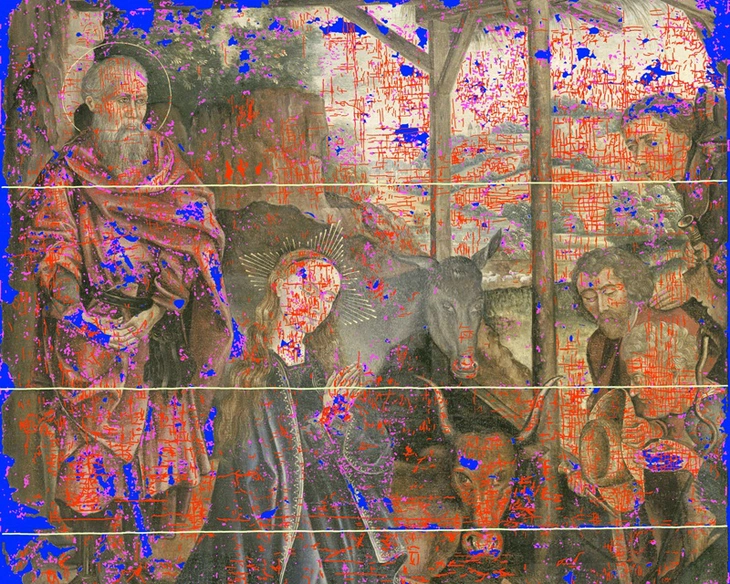
The first step is to scan the entire picture to assess the damage - Photo: ALEX KACHKINE/MIT
The passing of centuries can cause oil paintings to peel, crack, or fade. This technique uses artificial intelligence (AI) and other computer tools to create a digital reconstruction of the damaged painting. The reconstruction is then printed onto a transparent polymer sheet and carefully pasted over the original work.
In this way, the new technique can be used for works of art that are not valuable enough to be restored in the traditional way, which is both time-consuming and costly, according to the Guardian newspaper on June 12.
To prove it, Mr. Alex Kachkine, a graduate student at the Massachusetts Institute of Technology (MIT) in the US, restored a damaged oil painting believed to be by the Master of the Prado Adoration, a Dutch painter, in just a few hours.
The painting is incredibly detailed but is broken into four panels with numerous cracks and thousands of small patches of peeling paint. Mr Kachkine estimates that it would take around 200 hours to restore the painting using traditional methods due to centuries of deterioration.
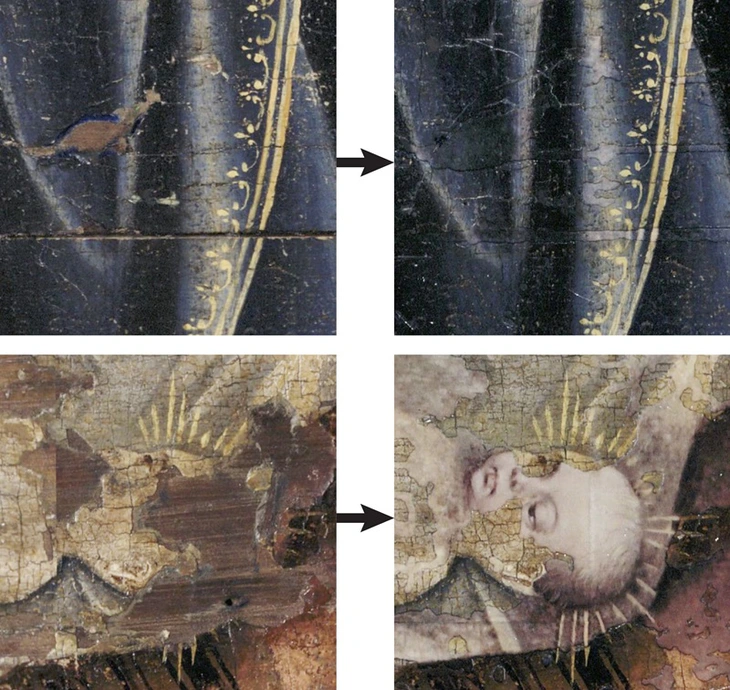
Close-up of some areas of the painting after being restored with AI - Photo: ALEX KACHKINE/MIT
Mr. Kachkine began by scanning the work to determine the size, shape, and location of damaged areas. There were 5,612 areas that needed restoration.
Mr. Kachkine then created a digital restoration using Adobe Photoshop, which included restoring the missing paint spots and matching the color scheme to the surrounding area. Damaged patterns were restored by copying similar patterns that remained intact in the painting. The missing face of a child in the painting was copied from a similar face in another painting by the same artist.
Once completed, the digital restoration was printed onto a transparent polymer plate, varnished to prevent the ink from bleeding, and then placed over the original painting. In all, Mr. Kachkine used 57,314 colors to fill in the damaged areas of the painting.
“I was relieved to be able to put this method to use after years of effort, helping to restore and piece together the pieces of the painting,” said Mr. Kachkine.
Mr. Kachkine hopes the method will allow galleries to restore and display a wide range of damaged works that are not considered valuable enough to warrant the effort of traditional restoration.
However, he also admitted that there are ethical issues to consider, such as whether it is acceptable to apply a new layer of restoration to the original work, or whether it would detract from the viewer's experience...
Source: https://tuoitre.vn/cong-cu-ai-giup-phuc-che-tac-pham-nghe-thuat-trong-vai-gio-20250613115627717.htm

















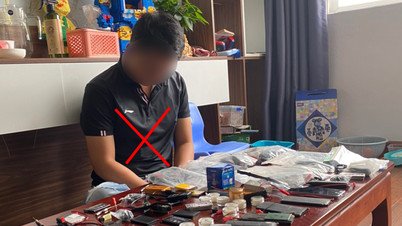









































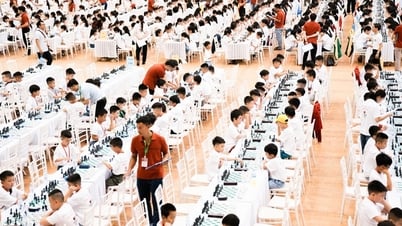









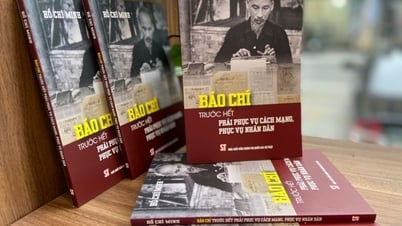

















Comment (0)